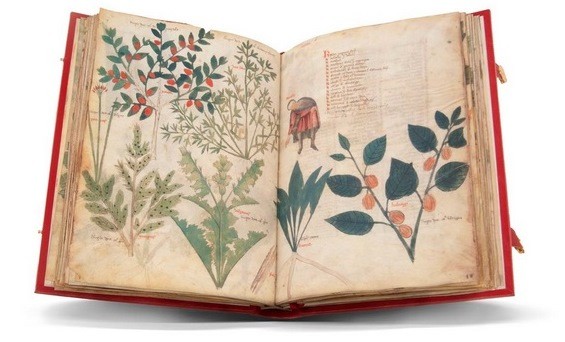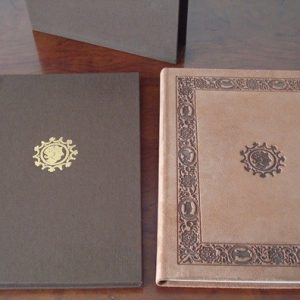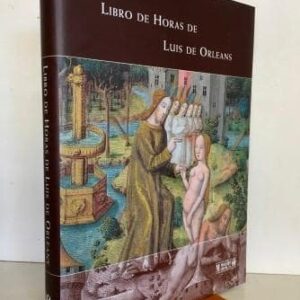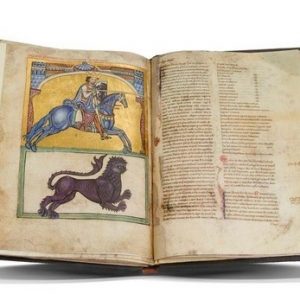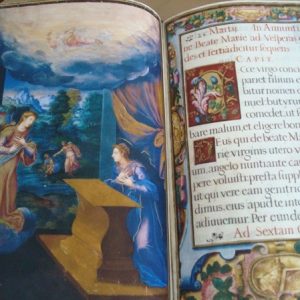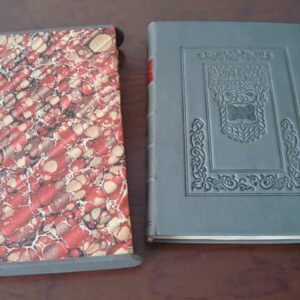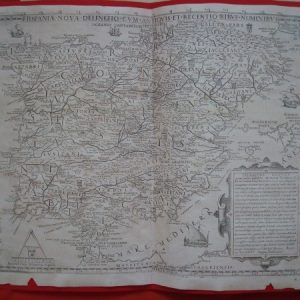Description
This extraordinary codex comes from the rich personal library of Cardinal Fabio Chigi who, when elected Pope, took the name of Alexander VII (1655-1667), and is currently preserved in the Vatican Apostolic Library (Chig. F.VII. 159). It contains a Dioscórides, that is to say, the basic treaty of pharmacopoeia of obligatory consultation in the Greek, Latin and Arab world from the second century until the Modern Age.
It takes its name from Pedacio Dioscorides Anazarbeo, a Greek physician in the service of Rome and his legions. In his “De materia medica” – title of his work – collected 600 plants, 90 minerals and 30 products from animals, each of which reproduces a drawing, indicating its therapeutic virtues. The vatican codex consists of 242 folios in parchment of 20 x 28.5 cm, to which was added in the sixteenth century, already in Italy, ten folios in paper with the alphabetical index of all reproduced medicinal “simplices”. This manuscript was conceived from the beginning only with illustrations, without the addition of explanatory text.
It was composed, in alphabetical order, in the middle of the 12th century in the monastery of St. John the Baptist of Constantinople, and was modeled on a famous Dioscorides, today in Vienna, which had been donated in 512 to Juliana Anicia, daughter of the Emperor Anicius Olibira and Placidia, daughter of Valentinian III. A well-known clergyman – monk or hygienist – of the monastery of San Demetrio, called Isidoro Ruthenus, was in charge of putting in very small letter in the upper part of the folio the Greek name of the plant. Five later hands – two Greek and three Latin, these when the codex was in Italy – were adding the names that the different plants receive in Greek, Latin and even in Romance languages.
Most of the folios (13-219) are dedicated to the representation of plants, and some less (folios 221-232) to the animal world (reptiles, insects, birds, etc.). The quality of the drawings and the property of the color used in the illustrations is of such a quality, which is not the case in other Dioscorides, which has been described by the botanists as a work of art from ancient and medieval pharmacopoeia and botany.
Beautiful and faithful facsimile edition made in 2005 in Madrid. Facsimile bound in red leather with 2 closures, format 20 x 29 cm. Accompanied by book study.
Exemplary in perfect condition.
Shipping costs for the account of the buyer, according to order and destination. Ask us without any questions, as well as any other facsimile or article you are looking for.




